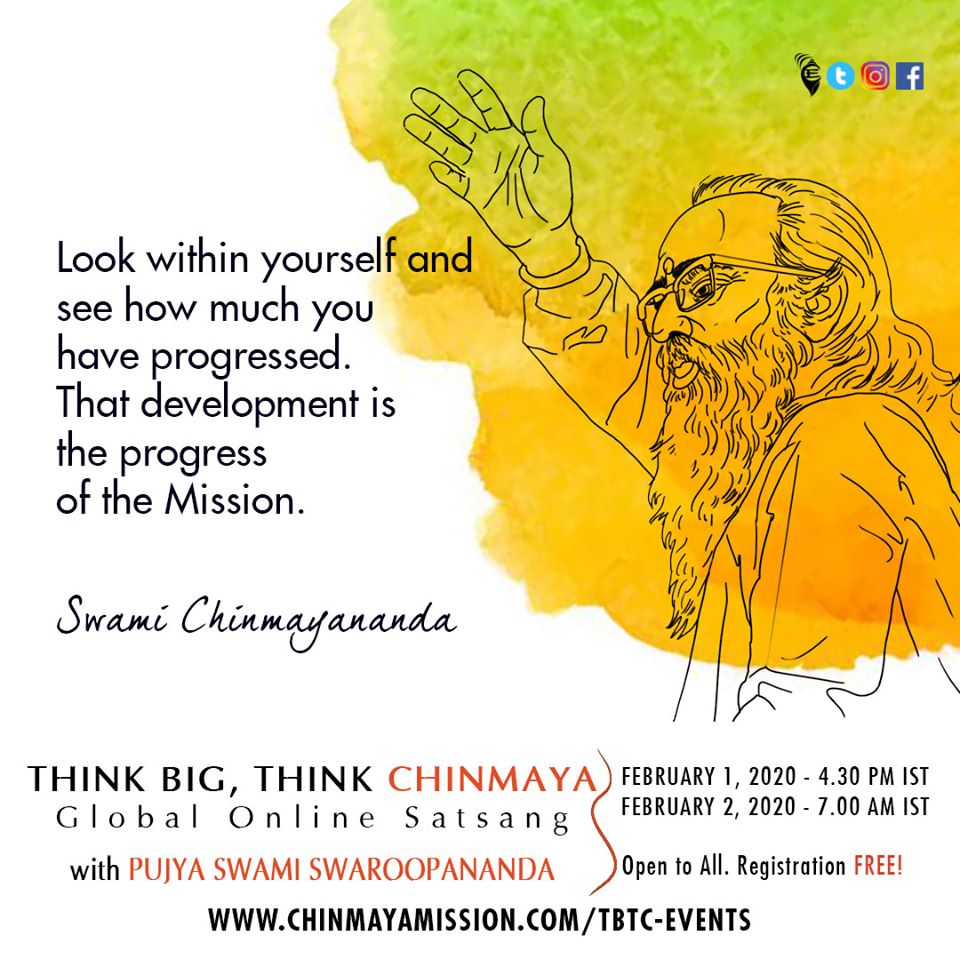The State of Awareness Called Yoga - Sri Aurobindo
========================================================================
-----------------------------------------------------------------------------------------------------------------------
19/01/2020.
Sri Aurobindo translates Katha Upanishad, Second Cycle : Third Chapter, Verses 10-11:
-----------------------------------------------------------------------------------------------------------------------
1.
“When the five senses cease and are at rest and the mind rests with them and the higher mind ceases from its workings, that is the highest state, say thinkers. The state unperturbed when the senses are imprisoned in the mind, of this they say ‘It is Yoga.’ Then man becomes very vigilant, for Yoga is the birth of things and their ending. (Shankara interprets, ‘as Yoga has a beginning (birth) so has it an ending’. But this is not what the Sruti says.)
2.
Particularly in the West, the concept of Yoga is associated with physical exercises of various sorts, called Asanas. In India, however, this branch of the science, called Hatha Yoga, is a preliminary step toward the actual deeper practice of bringing the mind and awareness to a state of stillness and luminous receptivity so that the consciousness can link up, or join (Yoga means union or joining) the universal, divine consciousness.
The first step is to bring stillness to the body as otherwise it is sending nervous impulses to the brain that impede the calm, quiet status of the mind. At a certain stage, between physical stillness and an indrawn focused awareness, a “concentration of conscious force” as Sri Aurobindo has elsewhere described the concept of “tapas” or “tapasya”, the “mind stuff” becomes calm and is able to reflect a higher luminous awareness without distortions.
This is called, in Raja Yoga, as explained by Swami Vivekananda, “Pratyahara”, He notes: “He who has succeeded in attaching or detaching his mind to or from the centres at will has succeeded in Pratyahara, which means, ‘gathering towards’, checking the outgoing powers of the mind, freeing it from the thraldom of the senses.” (Swami Vivekananda, Raja Yoga, pg. 73)
3.
The state of “yoga” is not one of dullness but one of a heightened state of concentrated awareness. The status of calming the “mind-stuff” (chitta) allows the awareness to move beyond the limitations of mental process and the distractions of nervous impulses from the sense organs. Yogins call the ultimate state of hyper-aware inner-directed consciousness “samadhi” and it is from that state that they realise their Oneness with the divine consciousness and are able to see existence from this other viewpoint.
When we recognise that Yoga is the union with the divine consciousness, we realise that the standpoint of the person in a state of Yoga is one that encompasses all of creation and transcends creation. Thus, literally, from that status, the birth and death of all things in the world is encompassed.
***
-------------------------------------------------------------------------------------------------------------------------
=======================================================================
-----------------------------------------------------------------------------------------------------------------------
19/01/2020.
Sri Aurobindo translates Katha Upanishad, Second Cycle : Third Chapter, Verses 10-11:
-----------------------------------------------------------------------------------------------------------------------
1.
“When the five senses cease and are at rest and the mind rests with them and the higher mind ceases from its workings, that is the highest state, say thinkers. The state unperturbed when the senses are imprisoned in the mind, of this they say ‘It is Yoga.’ Then man becomes very vigilant, for Yoga is the birth of things and their ending. (Shankara interprets, ‘as Yoga has a beginning (birth) so has it an ending’. But this is not what the Sruti says.)
2.
Particularly in the West, the concept of Yoga is associated with physical exercises of various sorts, called Asanas. In India, however, this branch of the science, called Hatha Yoga, is a preliminary step toward the actual deeper practice of bringing the mind and awareness to a state of stillness and luminous receptivity so that the consciousness can link up, or join (Yoga means union or joining) the universal, divine consciousness.
The first step is to bring stillness to the body as otherwise it is sending nervous impulses to the brain that impede the calm, quiet status of the mind. At a certain stage, between physical stillness and an indrawn focused awareness, a “concentration of conscious force” as Sri Aurobindo has elsewhere described the concept of “tapas” or “tapasya”, the “mind stuff” becomes calm and is able to reflect a higher luminous awareness without distortions.
This is called, in Raja Yoga, as explained by Swami Vivekananda, “Pratyahara”, He notes: “He who has succeeded in attaching or detaching his mind to or from the centres at will has succeeded in Pratyahara, which means, ‘gathering towards’, checking the outgoing powers of the mind, freeing it from the thraldom of the senses.” (Swami Vivekananda, Raja Yoga, pg. 73)
3.
The state of “yoga” is not one of dullness but one of a heightened state of concentrated awareness. The status of calming the “mind-stuff” (chitta) allows the awareness to move beyond the limitations of mental process and the distractions of nervous impulses from the sense organs. Yogins call the ultimate state of hyper-aware inner-directed consciousness “samadhi” and it is from that state that they realise their Oneness with the divine consciousness and are able to see existence from this other viewpoint.
When we recognise that Yoga is the union with the divine consciousness, we realise that the standpoint of the person in a state of Yoga is one that encompasses all of creation and transcends creation. Thus, literally, from that status, the birth and death of all things in the world is encompassed.
***
-------------------------------------------------------------------------------------------------------------------------
=======================================================================



.jpg)

Comments
Post a Comment